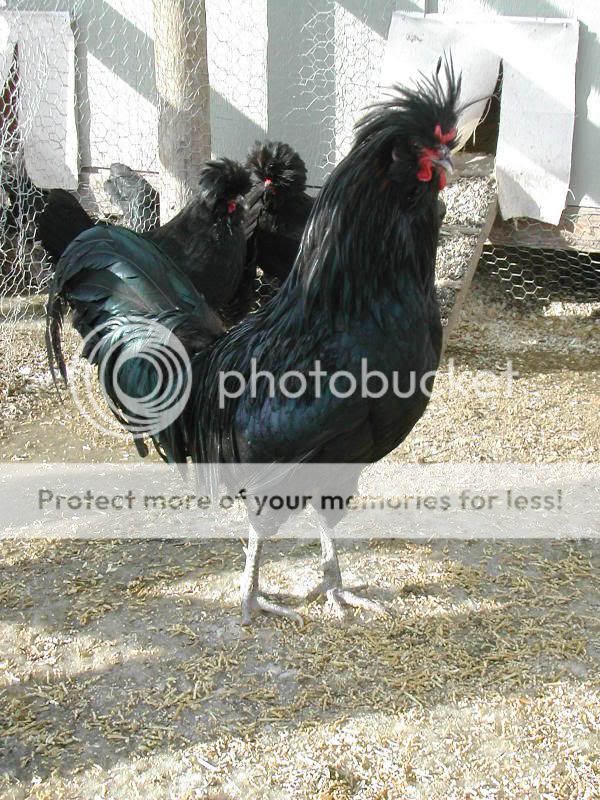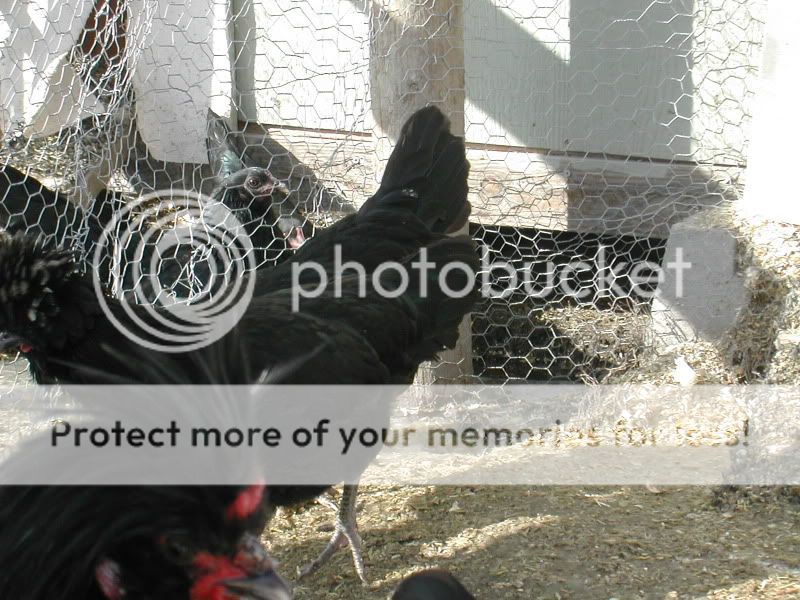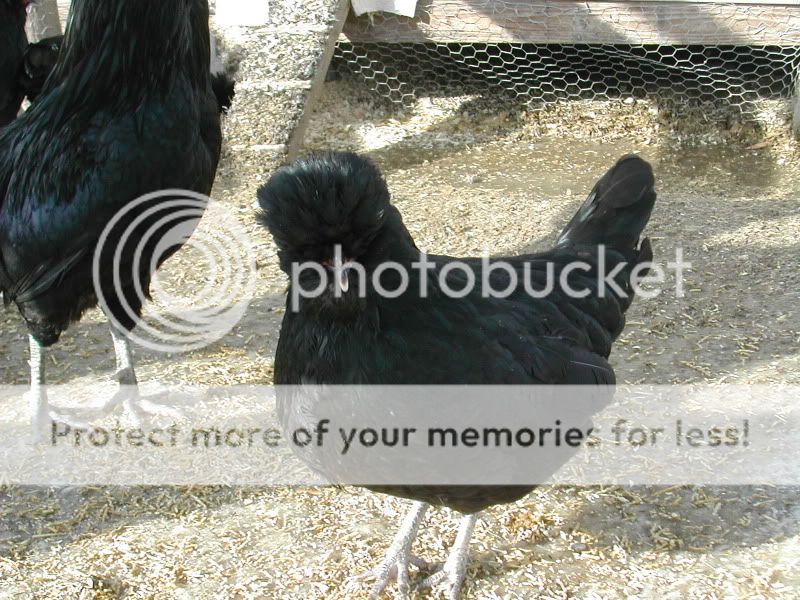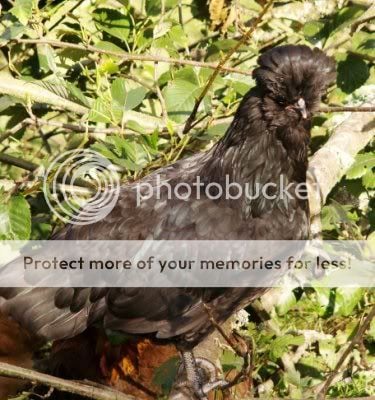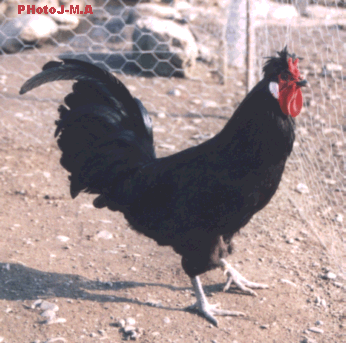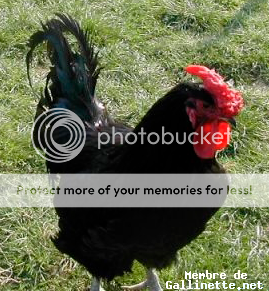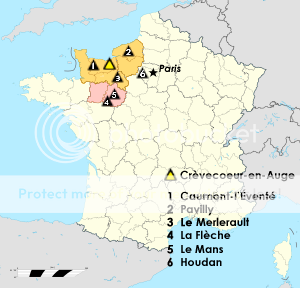Quote:
i be worried about white earlobes on the roosters
hey, I didnt even notice that, LOL
Yep they are supposed to be red and very inconspicuous, most likely has a lot of polish in him
Yes, most of them do unfortunately. It's made them too leggy, flighty and other issues....this particular roo is from Duane Urch's line. The rooster I who is his father and the hen who is his mother were both successful at shows...
The "father" roo, not in molt:
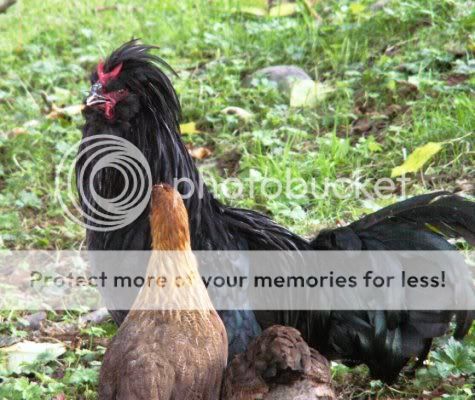
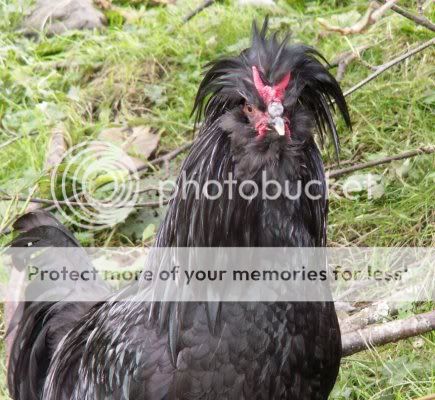
Edited to say, I wish I still had this rooster. He was the last of my flock I allowed to range about. He decided to dust bathe in my horse's pen and got stomped.

i be worried about white earlobes on the roosters
hey, I didnt even notice that, LOL
Yep they are supposed to be red and very inconspicuous, most likely has a lot of polish in him
Yes, most of them do unfortunately. It's made them too leggy, flighty and other issues....this particular roo is from Duane Urch's line. The rooster I who is his father and the hen who is his mother were both successful at shows...
The "father" roo, not in molt:


Edited to say, I wish I still had this rooster. He was the last of my flock I allowed to range about. He decided to dust bathe in my horse's pen and got stomped.

Last edited:


